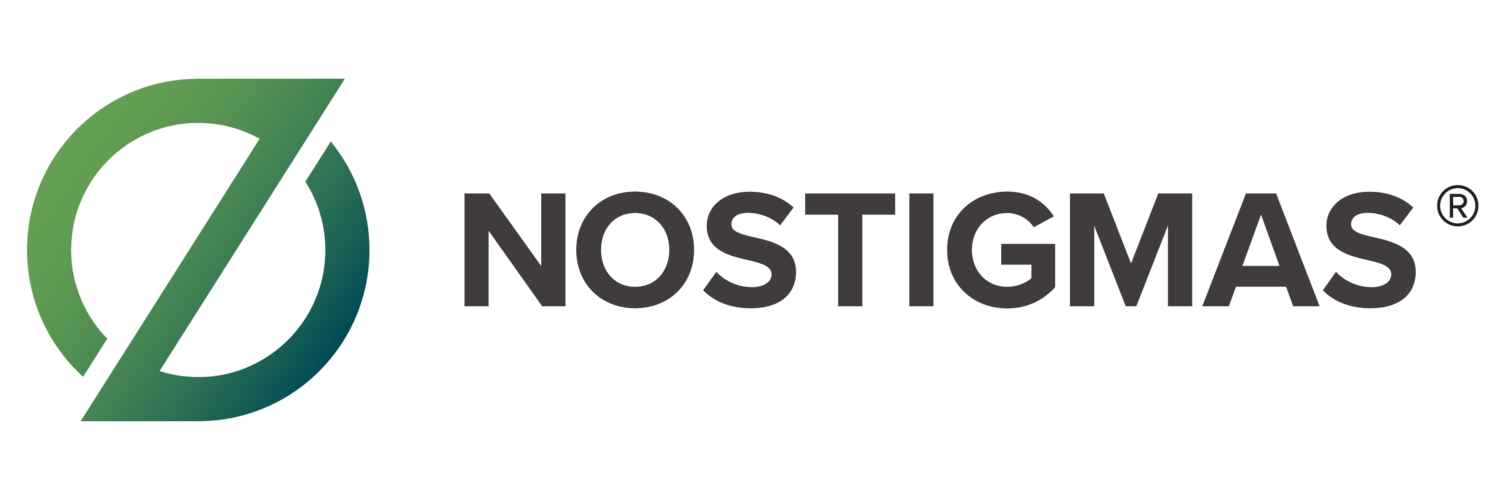BARRIER #1: ATTITUDINAL BARRIERS
Attitudinal barriers commonly cause those living with mental illness to avoid seeking mental health services. These attitudinal barriers can include believing that a mental illness will resolve on its own or not believing in the beneficial aspects of psychiatric care.
As an example, look to a 2009 Psychiatric Services study which examined needs for mental health services in a sample of 272 veterans who met screening criteria for a mental health condition. Researchers found that negative beliefs about mental health services were strongly associated with concerns about barriers to care and an increased perception of mental illness stigma. Negative beliefs about mental health care were also associated with a decreased likelihood of mental health counseling in the six months prior to interview.
Can attitudinal barriers be adjusted?
Educational interventions introduced throughout the early school years could work to develop a better publicly-shared understanding about mental illness. Ideally, educational interventions would orient children and young adults toward social inclusion and pro-social action. Programs introduced during the final years of high school could include contact with a person living with mental illness; this person could contribute to the intervention process on a voluntary basis by sharing her/his experience of living with a mental health condition. Interventions successful in aiding the development of empathy toward those with mental illness may prove successful in removing attitudinal barriers toward mental health issues and treatment.
Strengthening support in local communities could be facilitated by the creation of weekly or monthly community meetings centered around mental health and well-being. Meetings would bring community members together with the shared goals of spreading information about mental health issues and resources, bolstering public support, and creating community bonds. If a wellness group is missing in your community, consider discussing with friends, family or town board members the possibility of starting a mental health and wellness group near you. The number of interested people may surprise you!
Note: Some organizations, such as NoStigmas and Mental Health America, provide a link for locating mental health support facilities across the country.
[button color="#8ba33b" size="small" link="https://www.nostigmas.org/mental_health_barrier_2/"]BARRIER #2: MENTAL ILLNESS STIGMAS -->[/button]
























